How do you keep your HVAC system in shape?
- Schedule professional maintenance
- Change air filters regularly
- Clean the outdoor condensing unit
- Inspect and seal ductwork
- Utilize programable thermostat
Overview
- Regular professional maintenance ensures optimal HVAC performance by addressing potential issues before they become costly problems, extending the lifespan of your system.
- Changing air filters every one to three months helps maintain efficient airflow, reduces energy consumption, and prevents unnecessary strain on your HVAC system.
- Cleaning the outdoor condensing unit and sealing ductwork can significantly improve energy efficiency and system performance while utilizing a programmable thermostat helps optimize comfort and reduce wear and tear.
Your HVAC system works tirelessly to keep your indoor environment comfortable, no matter the season. Whether it’s cooling your home during the hottest days of summer or warming it up on the cold nights of December. However, over time, wear and tear can also take its toll, reducing the efficiency of your system and shortening its lifespan.
That’s why in this article, we’ll explore simple yet effective ways how to keep your HVAC system in shape, from routine tasks like changing air filters to professional services that ensure everything runs smoothly. By following these tips, you can keep your system performing at its best, saving you money and ensuring your space stays comfortable year-round.
Schedule Professional Maintenance
Like any machine, your HVAC system requires regular care and attention to function efficiently. Professional maintenance ensures that every component, from the blower motor to the refrigerant levels, is thoroughly inspected and fine-tuned.
During these check-ups, technicians can identify and address potential issues — like worn-out belts, dirty coils, or low refrigerant levels — before they escalate into costly repairs or even a system breakdown.
At F.R. Sevilla, we specialize in providing comprehensive HVAC maintenance services tailored to your system’s unique needs. Our experienced technicians perform meticulous inspections, clean vital components, and optimize system performance, ensuring your HVAC runs smoothly all year long.
Change Air Filters Regularly
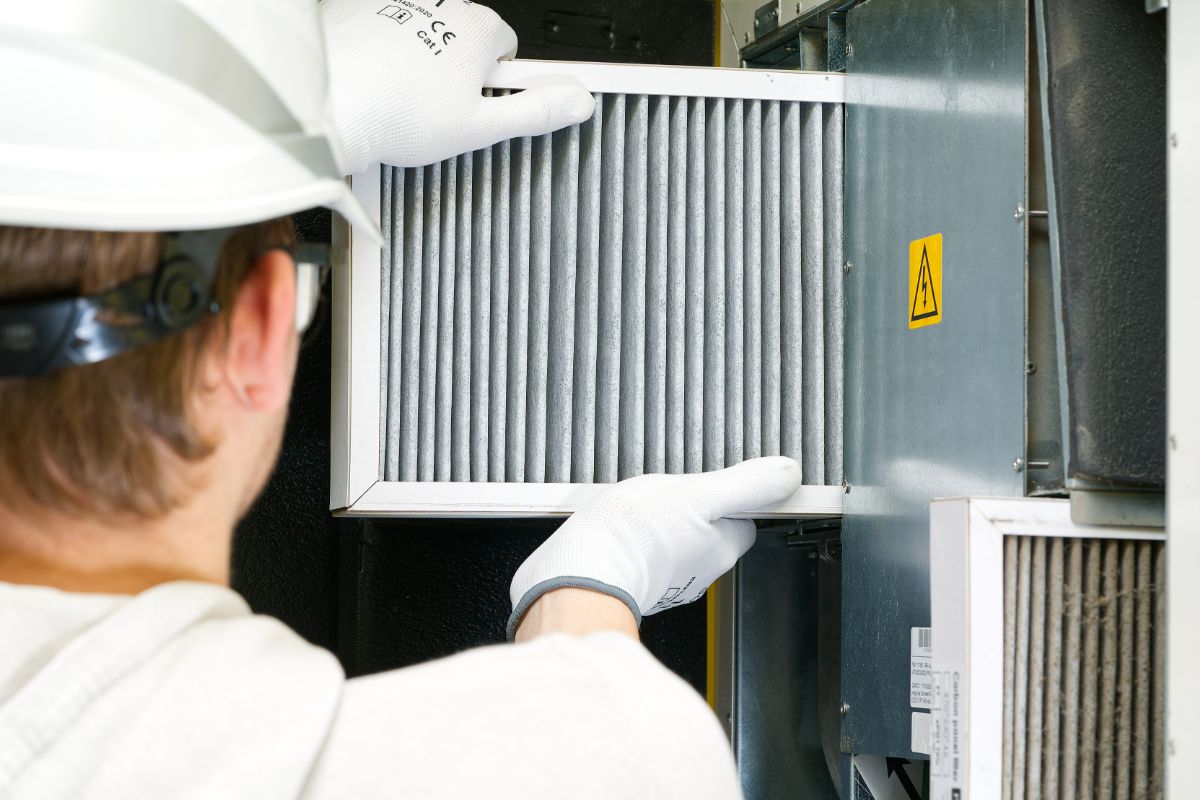
Over time, th system’s filters trap dust, dirt, and allergens. This is what prevents them from circulating through your indoor air. As these filters collect more debris, they can become clogged. It forces your system to work harder to maintain airflow.
This extra strain not only reduces your HVAC system’s efficiency but also leads to higher energy bills and a shorter equipment lifespan — a problem no homeowner or business wants to face.
To avoid these issues, it’s important to replace your filters every one to three months, depending on factors like usage and environmental conditions. For instance, homes with pets or those located in dusty areas may require more frequent filter changes to maintain optimal performance.
Clean the Outdoor Condensing Unit
HVAC’s outdoor condensing unit works by allowing the system to efficiently cool or heat your indoor spaces. However, since this component is situated outside, it is exposed to dirt, leaves, and other debris that can accumulate over time.
So, to keep your system running smoothly, it’s essential to clean the outdoor condensing unit regularly. Here’s how you can easily do this:
- Clear Debris: Start by removing any leaves, twigs, or dirt from around the condensing unit. Make sure there is at least two feet of clearance around the unit for proper airflow.
- Clean the Coils: Gently rinse the condenser coils with a garden hose to remove dirt and debris. Be careful not to use high pressure, as this could damage the delicate fins.
- Check the Fins: Inspect the fins for any visible damage. If they appear bent or blocked, use a fin comb to straighten them. This will help maintain airflow and prevent overheating.
- Vacuum the Area: Use a vacuum cleaner with a soft brush attachment to remove any smaller debris or dust inside the unit. This helps maintain efficient operation.
Inspect and Seal Ductwork
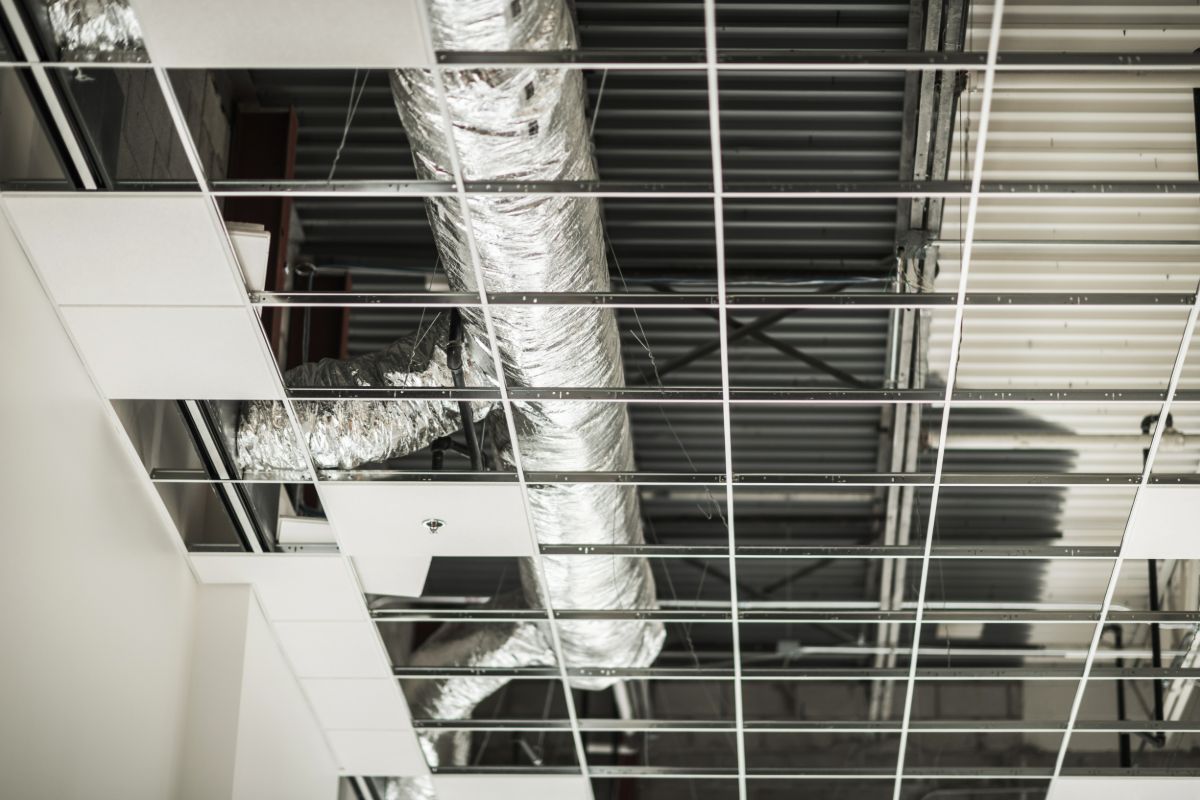
Leaks in ductwork can cause up to 30% of heated or cooled air to escape, leading to higher energy bills. That’s why, regular inspection of the ductwork is crucial in identifying gaps or cracks that could allow air to leak out.
Over time, these leaks can significantly impact your HVAC system’s performance, forcing it to work harder to maintain desired temperatures. Sealing these leaks not only prevents energy waste but also ensures consistent airflow throughout your space, helping to maintain comfort and reduce utility costs.
Utilize Programable Thermostat
A programmable thermostat is a simple yet powerful device that automatically adjusts the temperature in your home based on a pre-set schedule. It can store multiple temperature settings throughout the day, allowing you to control when the system heats or cools your space.
By utilizing them — like adjusting the temperature when you’re not home or during the night — you allow your HVAC to rest, reduce its wear and tear, and make it last longer. This can also boost energy efficiency by ensuring that the system only works when necessary, leading to a lower utility bill and a smaller carbon footprint.
Key Takeaway
The ways how you can keep an HVAC systems in shape requires a combination of regular maintenance and proactive steps to ensure optimal performance. These simple actions not only improve air quality and comfort but also help you save on energy bills and avoid costly repairs in the future.
When it comes to all things HVAC, F.R. Sevilla — your trusted HVAC solutions provider — is here to guide you every step of the way. From expert system inspections to top-notch maintenance services, our team ensures your HVAC runs efficiently all year long. Don’t wait until issues arise — contact us today to keep your system in prime condition and enjoy a comfortable, cost-effective indoor environment.
RECENT POSTS
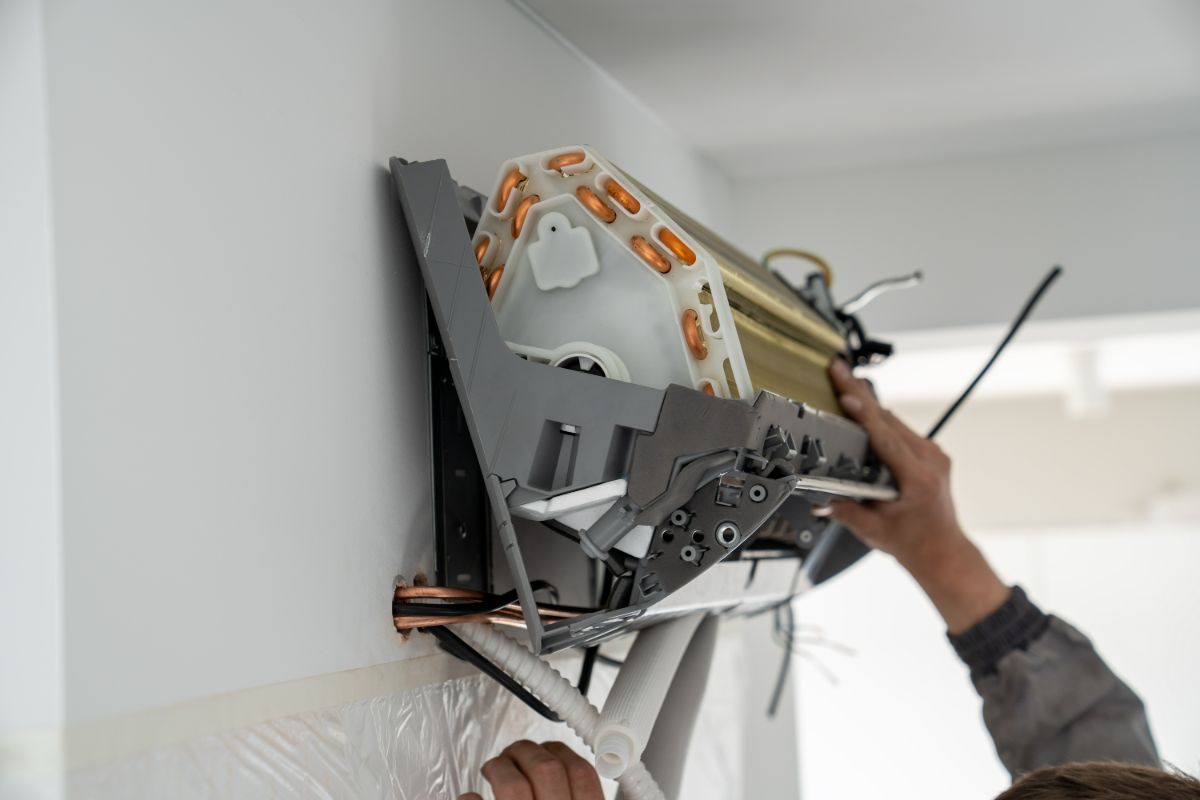
Your Guide to Finding the Best Air Conditioning Contractor in the Philippines
What should you look for in an air-con contractor? Licenses and certification Experience and reputation Insurance and wa
Read More
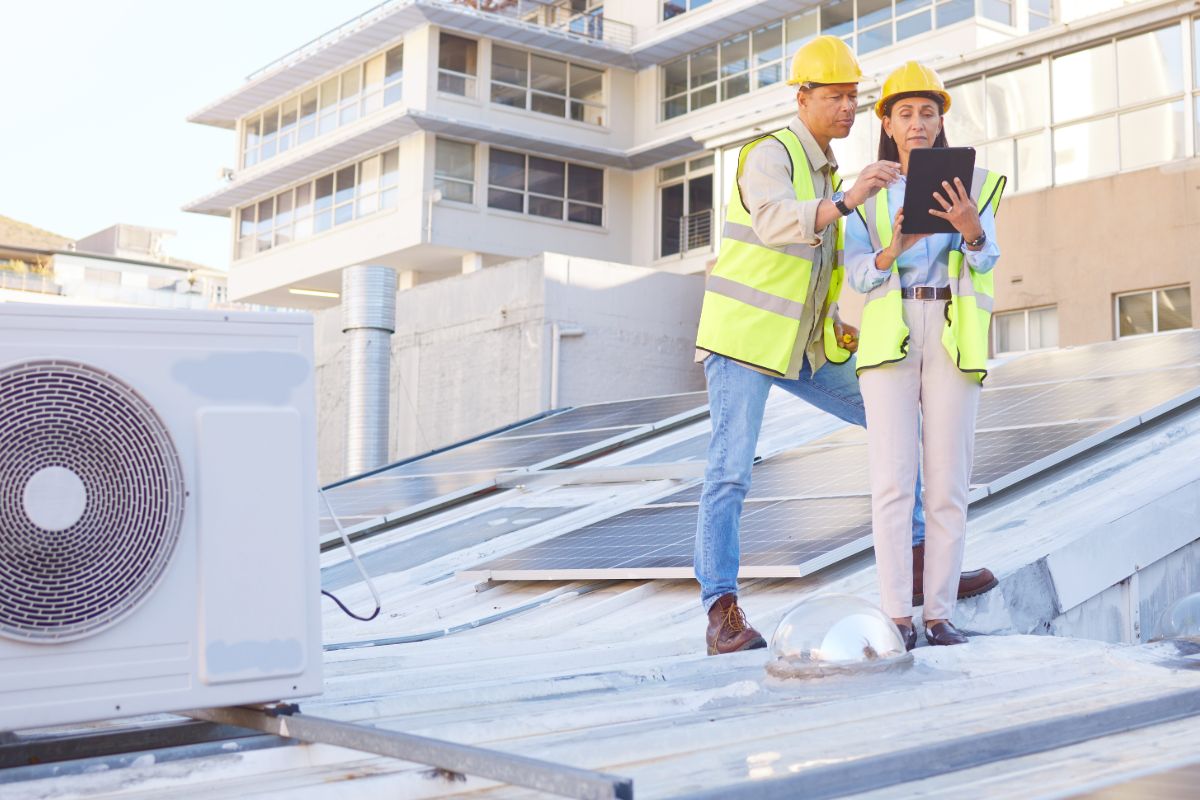
What to Expect from Air Conditioning Contractors?
What can you expect from air conditioning contractors? Comprehensive site assessment Professional installation and testi
Read More
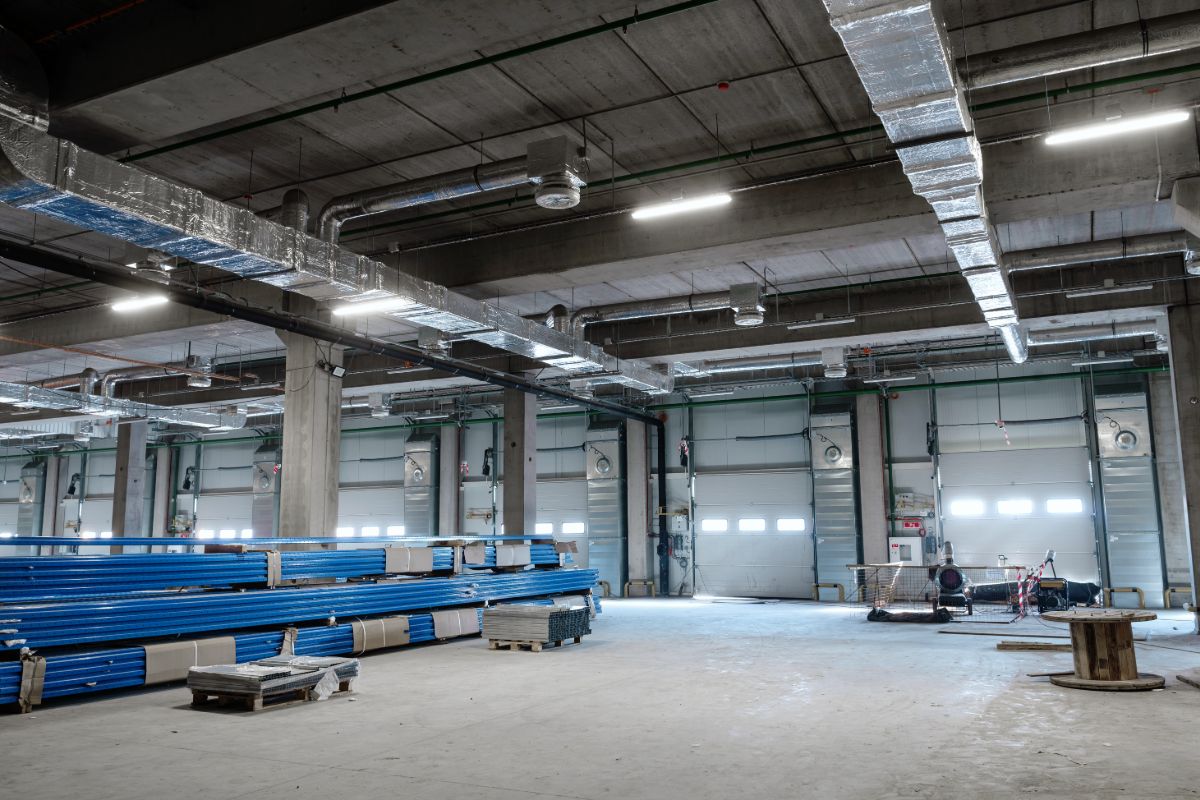
Cut Costs, Not Corners: Energy-Efficient Warehouse Cooling Solutions
What are the benefits of energy-efficient cooling solutions for warehouses? Lowers energy costs Improves employees produ
Read More